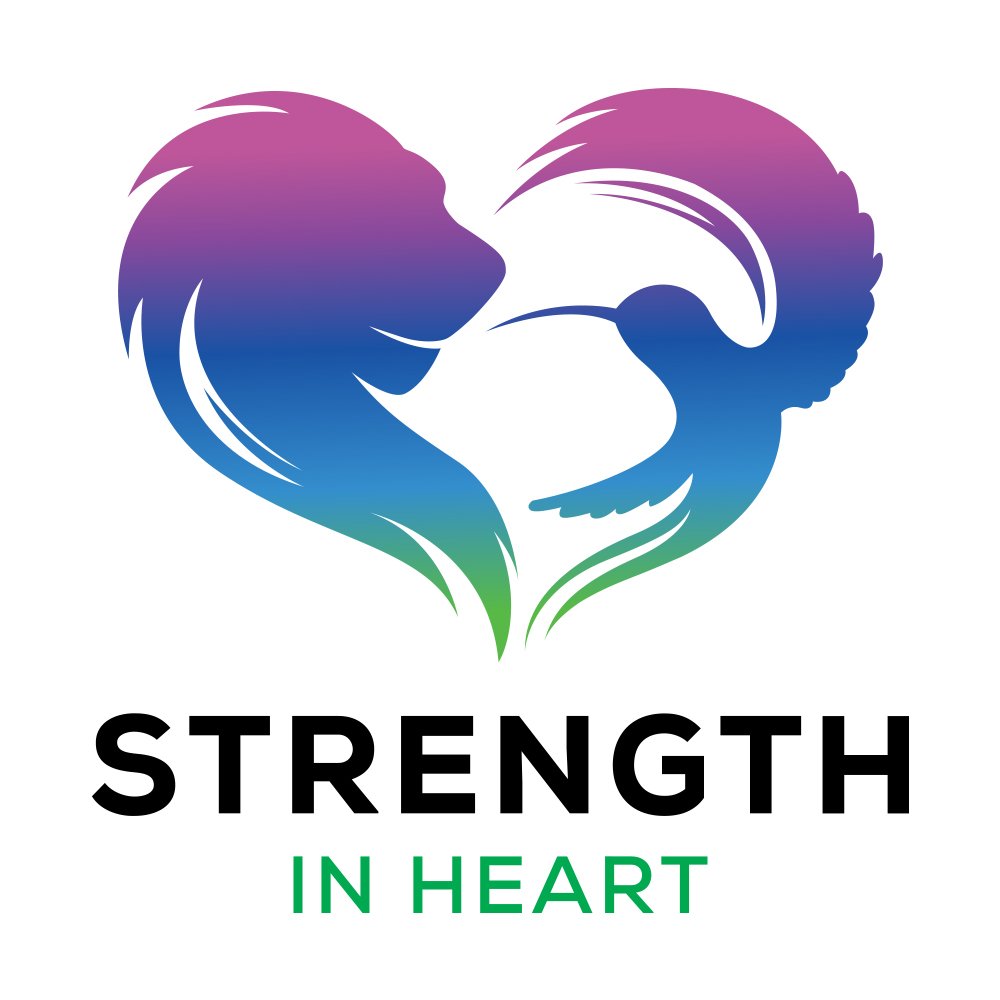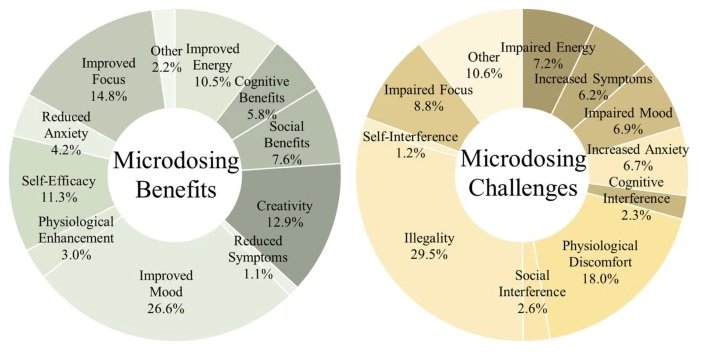Written by Yvonne Paquette, MSW (Cand)
Every so often, individuals or even whole societies will go through what’s called a ‘paradigm shift’ – meaning something has happened to cause a big change in how we view the world, other people, our selves, and our priorities. As we become less rigid in our beliefs, we begin to look for new solutions to persistent problems.
Right now, at this very moment, you are living in the midst of a major paradigm shift within the fields of mental health and medicine. Psychedelic molecules are being researched for new insights into how the brain works, along with effects on emotions, thought processes, and memories. But wait – using psychedelics for personal growth and exploration isn’t new, so what’s this paradigm shift I’m talking about?
Despite a veritable cornucopia of therapeutic drugs, and various styles of therapy, from body-feeling somatic based treatments to intellectual cognitive approaches, mental health distress is on the rise globally. In their search for relief from negative or ‘stuck’ feelings, people are seeking alternative treatments outside of those largely considered tested, regulated, and ‘evidence-based.’ This is the paradigm shift – this questioning of values and beliefs about what is therapeutic, and the discarding of fear-based stereotypes about substances that are not innately good or bad, they simply are.
The practice of microdosing psychedelics is one of the more visible and trendy developments of this mental health treatment paradigm shift happening now. Micro-dosing is the practice of consuming a psychoactive substance in a low enough quantity that the person can not perceive the effects of the substance. The person should not be able to readily feel changes in their body or visual perception. If they notice anything, like visuals or body sensations, they aren’t micro-dosing, they’re just straight-up dosed now. Whoops!
So, if micro-dosing is a sub-perceptual treatment, how do we know it works? How do we know the positive effects are more than just a placebo effect? That answer is, we don’t know yet. But thanks to the spread of this paradigm shift, we want to know!
Much of the apprehension around psychedelics as tools to assist therapies and healing is around safety. Safety is the primary concern of any researcher or therapist, and it needs to be yours too. Some psychedelics, like ketamine, psilocybin, MDMA, and LSD have a large body of research and clinical trials that show the effectiveness and safety concerns regarding larger, therapeutic doses, in relation to specific mental health conditions, and given in the short-term. As microdosing increases in popularity, so do questions around safety and effectiveness of using micro amounts of psychedelics over long periods of time.
Interest in micro-dosing as a cost-effective, less intense, and generally more accessible way to access psychedelic assisted therapy is encouraging the research community to increase the size and rigour of microdosing studies. For now, we need to be honest and acknowledge that many claims to the effectiveness of micro-dosing are anecdotal, and can not be generalized to a larger audience at this time.
Here are some links to materials that informed this post, and some links to micro-dosing studies:
A systematic study of microdosing psychedelics. Polito & Stevenson, 2019. PLOS ONE.
Micro-dosing, highlights from our LSD micro-dosing research programme. The Beckley Foundation.
Microdosing with 'shrooms or LSD no better than placebo, study finds. Rettner, 2021. Live Science.


